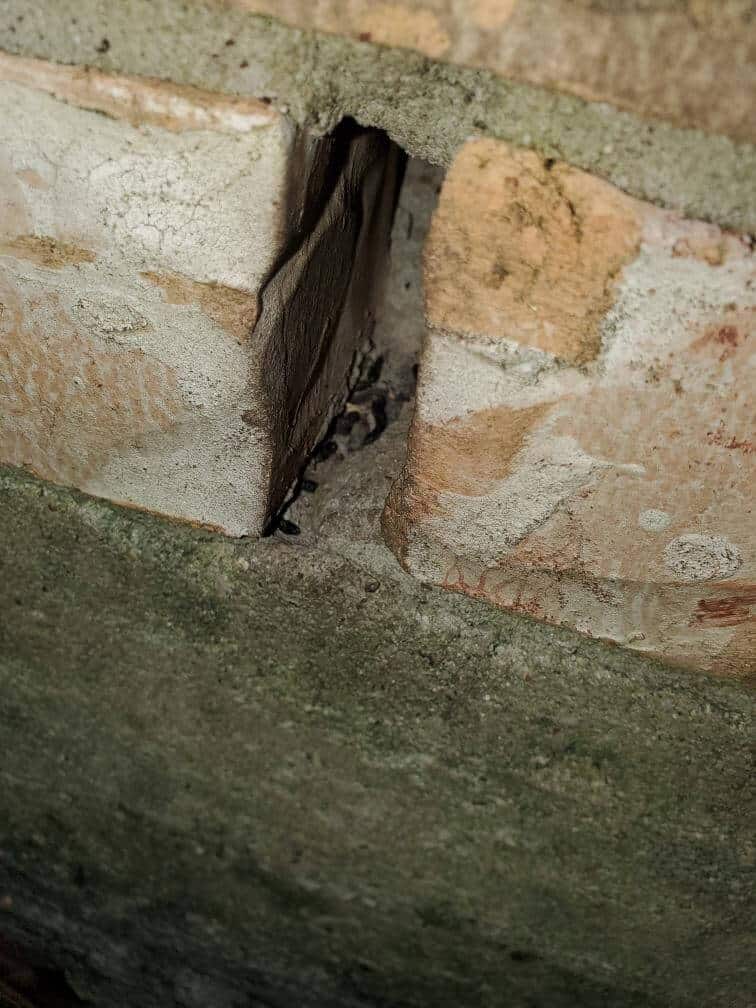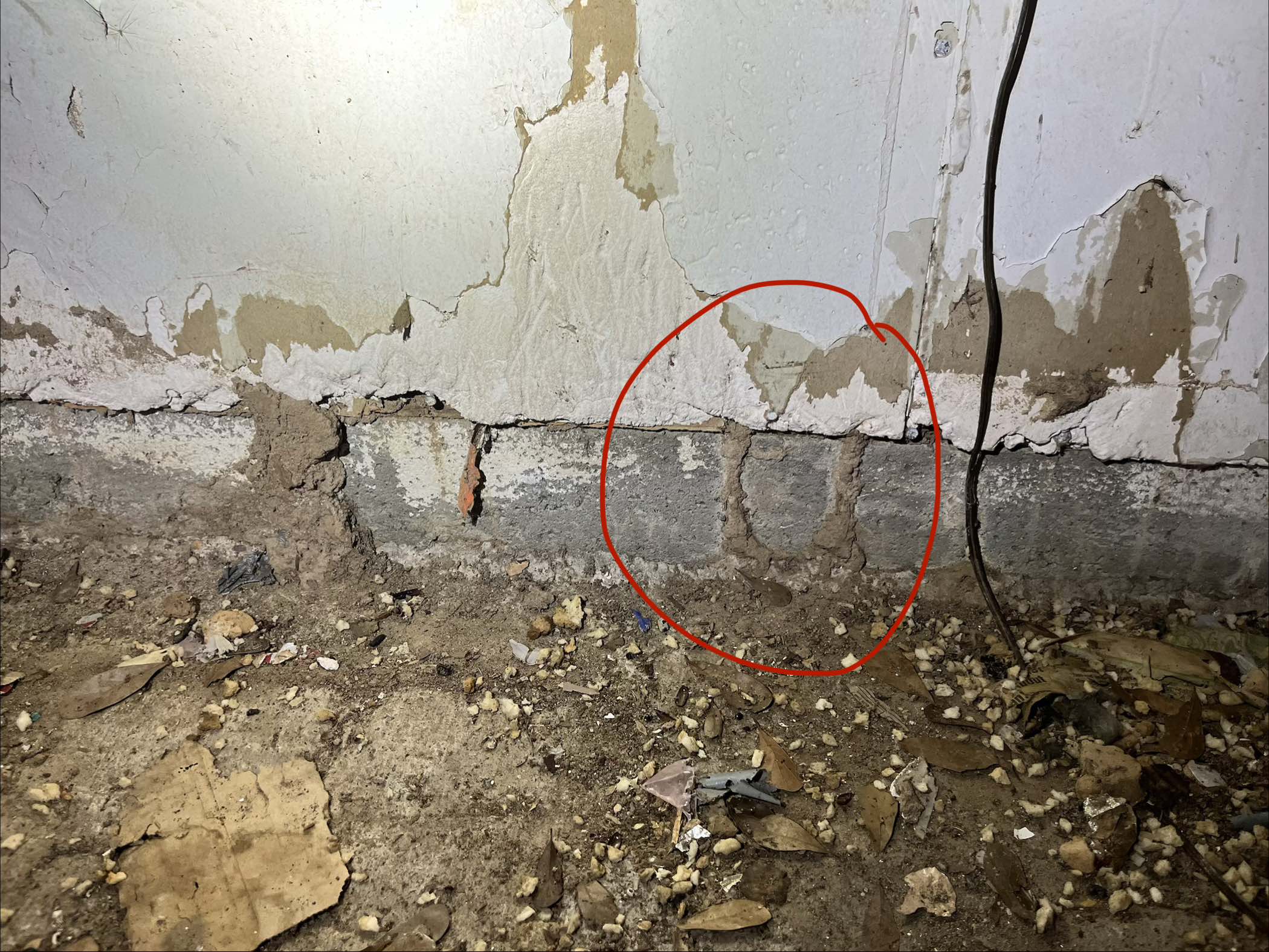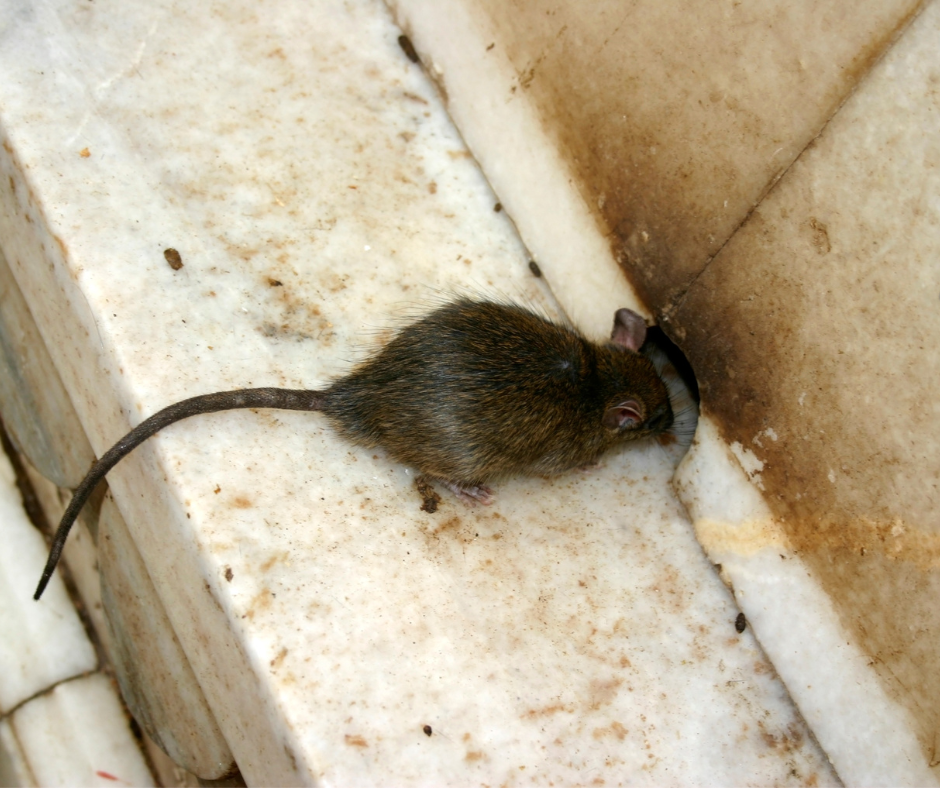Rodents are resourceful creatures capable of squeezing through tiny openings to find warmth, food, and shelter indoors. In areas like Texas, where urban development continues to expand and disrupt natural habitats, sightings of mice and rats in homes and businesses have become increasingly common. Addressing rodent problems starts with understanding how they get inside in the first place. Identifying and sealing their entry points is a key strategy in long-term prevention and can significantly reduce the risk of infestation. This article explores where to look, what to seal, and how exclusion works as a foundational step in rodent control.

How Rodents Find Their Way Inside
Rodents possess remarkable agility and adaptability, allowing them to exploit even the smallest structural weaknesses in a building. Mice can enter through holes as small as a dime, and rats can compress their bodies to fit through openings the size of a quarter. They are also excellent climbers and jumpers, which means they’re not limited to ground-level access.
These pests are often drawn by smells from food waste, pet food, or warm indoor air escaping through cracks and vents. Once inside, they can quickly establish nests and reproduce, making early intervention essential. As discussed in the context of urban development impact, habitat disruption frequently pushes rodents closer to human dwellings, increasing the importance of physical barriers.
Most Common Entry Points to Check
When conducting a rodent-proofing inspection, it’s important to think like a pest. Rodents are naturally curious and persistent, so they will test multiple spots around your property. Focus on areas that connect indoor and outdoor environments or where utility lines enter the home.
- Garage doors: Poorly sealed edges or worn weather stripping are easy access points.
- Vents and exhaust fans: Dryer vents and attic exhausts are commonly overlooked.
- Rooflines and eaves: Rats and mice often access attics via loose shingles or gaps under roof edges.
- Foundation cracks: Even small structural gaps at the base of your home can be exploited.
- Utility penetrations: Openings around pipes, cables, or HVAC lines often provide a direct path indoors.
Inspecting these areas thoroughly during daylight and again at dusk is a smart practice. Rodents tend to be more active at night, and you may spot signs of activity such as droppings, gnawed materials, or rub marks near openings.
How to Properly Seal Entry Points
Sealing entry points, also known as exclusion, is one of the most effective long-term solutions for preventing rodents. This process focuses on making the home as physically impenetrable as possible while maintaining necessary ventilation and utility functions. Materials should be chosen for durability and resistance to gnawing.
- Use galvanized steel mesh or hardware cloth to cover vents and crawl space openings.
- Apply steel wool and caulk or expanding foam around pipes and utility lines.
- Replace broken door sweeps and weather stripping around all exterior doors.
- Repair damaged siding, soffits, and fascia that can offer upper-level access.
- Seal foundation cracks with mortar or concrete patch to prevent burrowing.
Be cautious with soft materials like plastic or wood, as rodents can easily chew through these. Ensure all materials are rated for pest exclusion and installed securely.
Why Sealing Is More Effective With Prevention
Sealing alone can reduce entry, but pairing exclusion with ongoing prevention makes the strategy more effective. Reducing attractants is just as critical as blocking access. Rodents are less likely to test your home if there’s no incentive for them to do so.
- Store food in airtight containers, including pet food.
- Clean up crumbs and spills promptly, especially in kitchens and garages.
- Keep outdoor trash bins tightly closed and away from entry points.
- Remove clutter that may serve as shelter, both indoors and outside.
- Trim back vegetation or tree limbs that provide roof access.
Even if you’ve sealed known points of entry, ongoing vigilance is important. Periodic reinspection ensures that new vulnerabilities aren’t being created over time.
Know When It’s Time to Call a Professional
While homeowners can manage basic sealing tasks, more complex rodent problems may require expert support. Rodents often nest in areas that are difficult to access, such as crawl spaces or attics, and a single missed opening can render exclusion efforts ineffective. In addition, tracking and trapping rodents inside the home often demands a strategic plan.
If signs of rodent activity persist even after exclusion efforts, it may be time for a professional inspection. As emphasized in the article on why professional rodent control matters, trained technicians can identify hidden access points, apply commercial-grade sealing materials, and implement comprehensive treatment plans. The result is faster control, reduced property damage, and a much lower risk of recurrence.
Seal the Problem at Its Source
Rodents only need a small gap to cause big problems. By identifying and sealing common entry points, you can take control of your space before an infestation begins. Long-term success starts with physical barriers, regular maintenance, and the right professional insight.For expert rodent exclusion and year-round protection, contact Fullscope Pest Control and secure your home against unwanted invaders.




